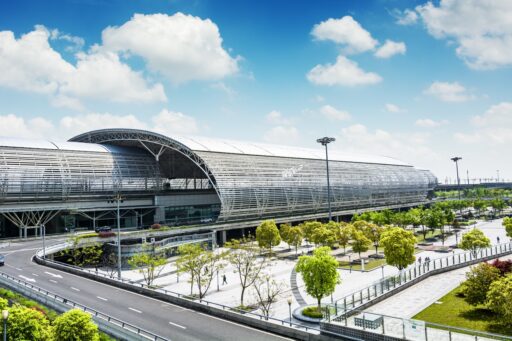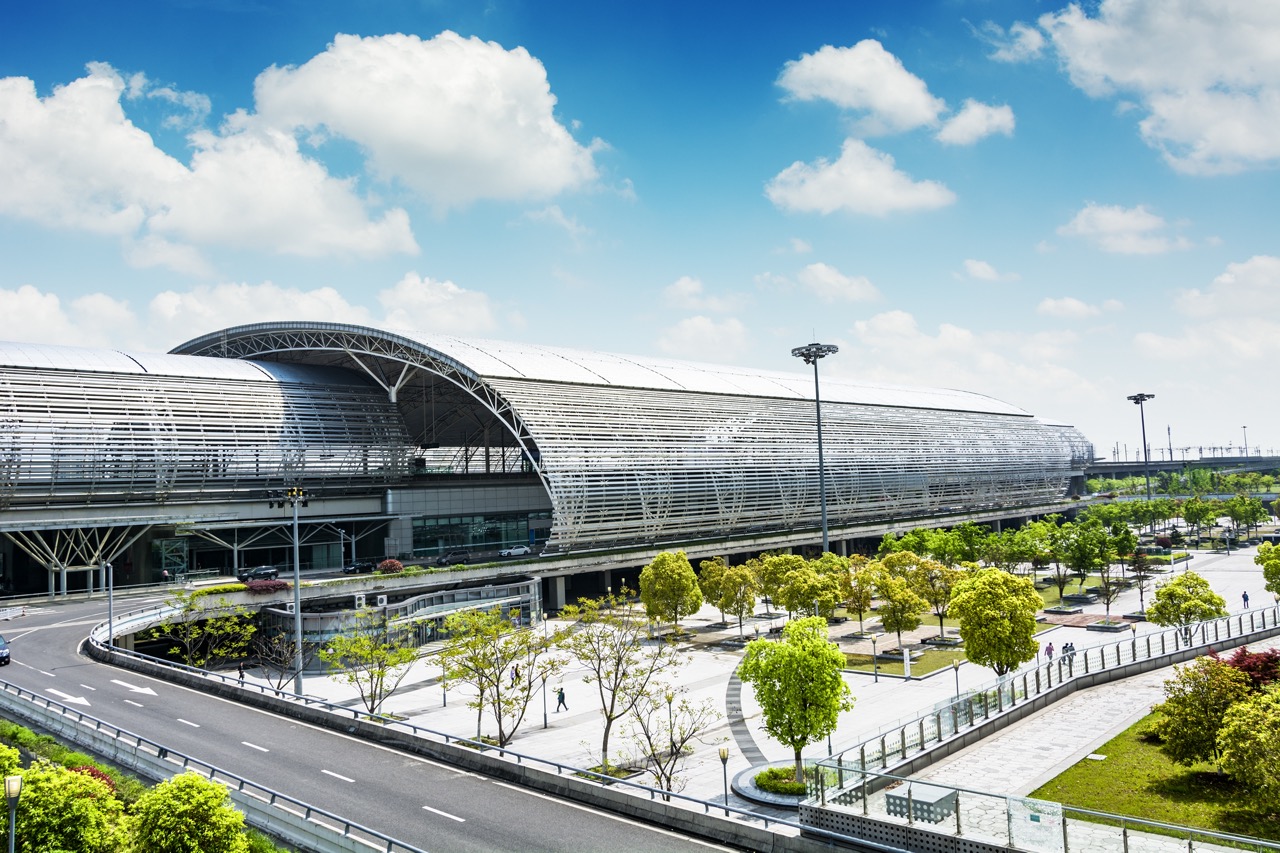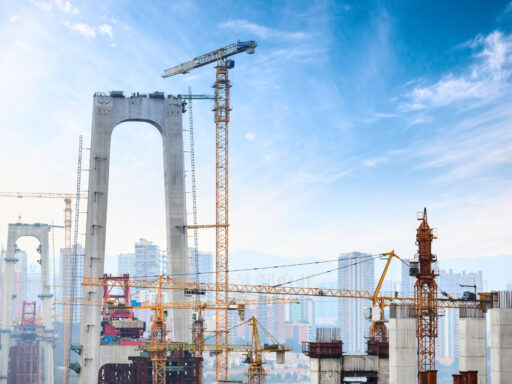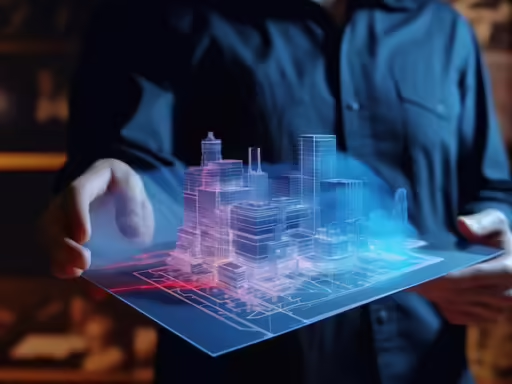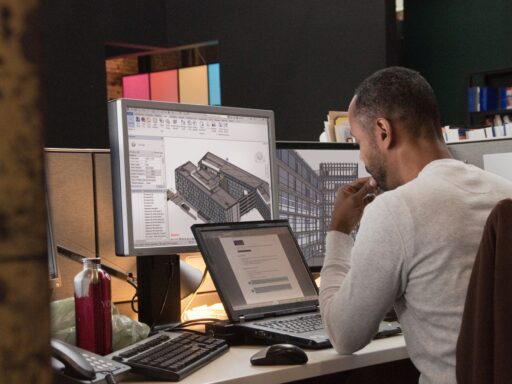Introduction
According to WHO 2018 data, about 1.3 million people die yearly from air pollution worldwide. Of this number, over 50% live in developing countries.
“BIM isn’t just about designing buildings; it’s about shaping a healthier future for our planet. By harnessing its power, we can drive down alarming pollution statistics, reshape landscapes, and craft sustainable mobility solutions that benefit both our environment and our communities.” – Josefina S., Architect
Discover how BIM is a perfect tool for reducing these statistics, transforming landscapes, and paving the way for environmentally friendly transportation solutions that benefit both the environment and people.
Highlights
- BIM enables an integrated approach to design efficient and sustainable transportation infrastructure.
- BIM can assist urban planning by integrating pedestrian and cycling infrastructure into city design.
- BIM models can simulate traffic flow and optimize mobility management in cities.
- BIM provides detailed information for the construction and maintenance of sustainable transportation infrastructure.
- Copenhagen and Singapore are successful examples of cities that have utilized BIM for sustainable mobility.
Integrated and Efficient Transportation Infrastructure Design
BIM allows for an integrated approach to design three-dimensional digital twin infrastructures, which include detailed information about each project component. This integration facilitates the identification of efficient and sustainable solutions from the early stages of design.
By utilizing Building Information Modeling (BIM), designers can optimize the layout of roads, bike lanes, and public transportation routes to maximize efficiency and reduce environmental impact. This approach ensures that all modes of transportation are seamlessly integrated, promoting a more sustainable way of traveling within cities.
With the help of BIM technology, it is possible to achieve a holistic approach to urban mobility that considers the needs of pedestrians, cyclists, and public transportation users. This results in a more sustainable and interconnected transportation network that benefits the environment and the community.
“BIM enables the creation of urban environments that promote sustainable mobility by integrating pedestrian and cycling infrastructure into city design.” – Jane Smith, Urban Planner
Construction and Maintenance of Sustainable Infrastructure
BIM provides detailed information about materials, construction techniques, and transportation infrastructure operations. This information allows for optimizing resources and reducing environmental impact during the construction and maintenance of sustainable transportation projects.
By utilizing BIM, cities can ensure that their transportation infrastructure is built and maintained sustainably, contributing to urban areas’ overall resilience and environmental sustainability.
- Efficient project management: BIM allows for better coordination and collaboration among teams constructing and maintaining sustainable infrastructure.
- Accurate cost estimation: BIM can more accurately estimate the costs associated with building and maintaining green city travel infrastructure.
- Lifecycle management: BIM enables you to track and manage the entire lifecycle of sustainable infrastructure projects, ensuring long-term sustainability.
BIM provides the tools and technology necessary to meet the needs and ensure the success of green city initiatives.
“BIM is revolutionizing the way we design transportation infrastructure, paving the way for a more integrated and sustainable future. From integrated digital twin infrastructures to pedestrian-friendly urban environments, BIM is driving us towards a more sustainable and accessible tomorrow.” – Josefina S., Architect
Success Cases and Practical Examples of BIM for Sustainable Mobility
BIM technology optimized public transportation routes in Barcelona, reducing congestion and emissions. The city saw an increase in cycling infrastructure, leading to more people choosing eco-friendly modes of transportation. This resulted in a significant decrease in air pollution levels, and the statistics show a reduction in total harmful gas emissions by 10% between 2005 and 2020.
Copenhagen is another city that successfully implemented sustainable mobility with BIM. By using BIM to plan pedestrian-friendly spaces, the city encouraged walking and cycling as primary modes of transportation. This reduced carbon emissions and improved the overall health and well-being of residents. Thanks to the changes and incentives, more than 49% of the population chooses sustainable transit.
Singapore is a shining example of how BIM can boost sustainable mobility. The city-state used BIM to design efficient public transportation systems, making it easier for residents to choose greener options. This led to decreased traffic congestion and a cleaner environment for all.
Conclusion
Integrating BIM with sustainable mobility presents a unique opportunity to build intelligent and sustainable cities of the future. By leveraging BIM’s capabilities in integrated design, urban planning, traffic management, and sustainable construction, we can create more livable, healthy, and resilient urban environments for future generations.
BIM enables the optimization of resources, the reduction of environmental impact, and the promotion of sustainable transportation options. Let’s embrace the power of BIM to shape the cities of tomorrow.

